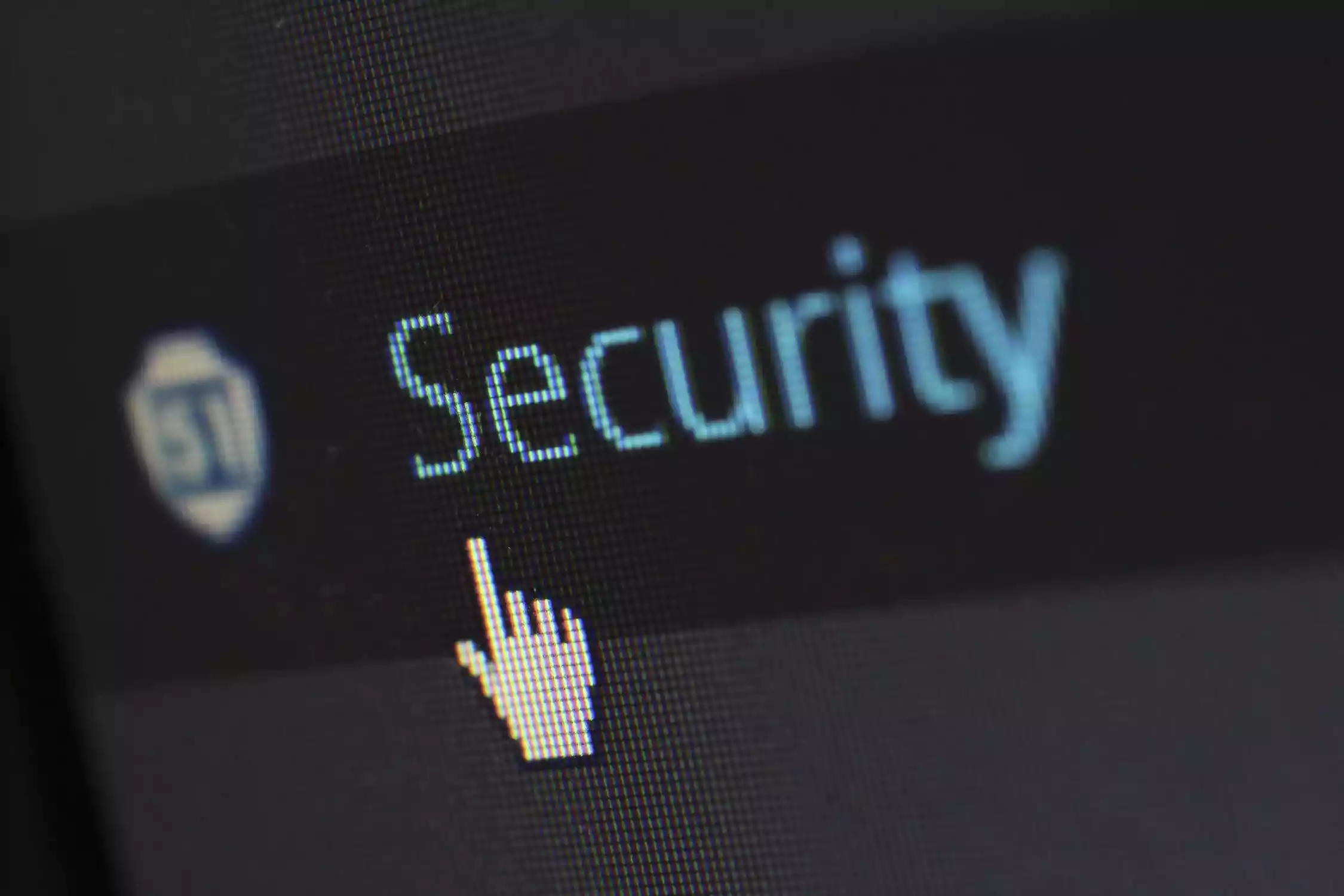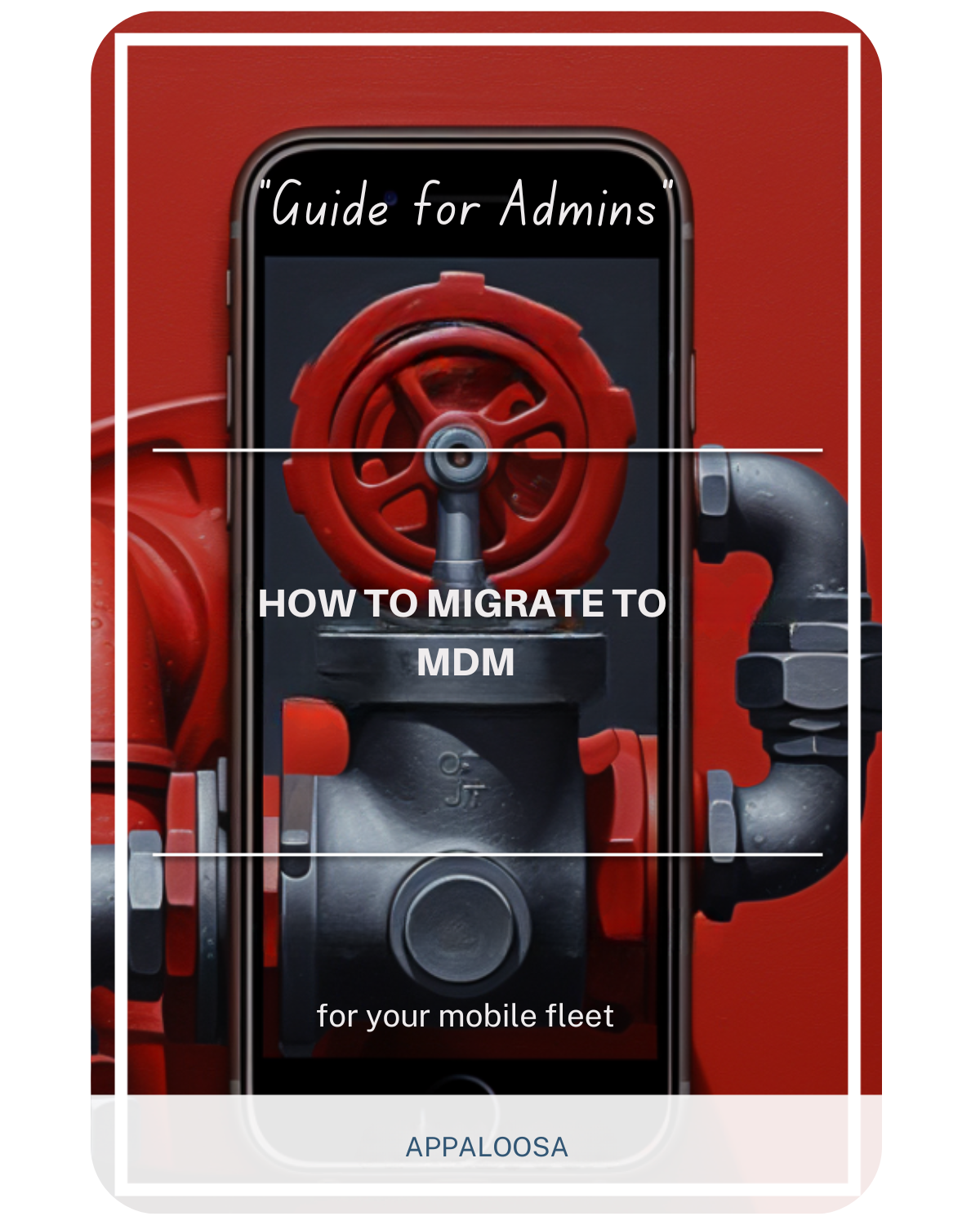Everything you need to know about MDM and security

In today's hyper-connected business environment, mobile device management solutions have become critical for protecting corporate data and maintaining cybersecurity.
As organizations increasingly rely on mobile devices for daily operations, understanding what is MDM in cyber security is essential for IT professionals and business leaders alike.
This comprehensive guide explores everything security teams need to know about mobile device management MDM and how it enables organizations to protect their mobile infrastructure.
What is MDM in Cyber Security?
MDM in cyber security refers to Mobile Device Management - a centralized approach to managing mobile devices within an organization's IT ecosystem.
Unlike traditional security device management that focuses solely on desktop computers and servers, MDM cyber security solutions specifically address the unique challenges posed by smartphones, tablets, and other mobile endpoints.
At its core, MDM software enforces security policies across all enrolled devices, providing IT administrators with comprehensive control over device configurations, applications, and data access. This technology has evolved significantly, with modern SaaS MDM solution offerings providing cloud-based management capabilities that scale with organizational needs.
The Evolution from MDM to Comprehensive Mobile Security
The mobile security landscape has expanded beyond basic device management. Today's MDM systems ecosystem management includes several interconnected approaches:
Enterprise Mobility Management (EMM)
Enterprise mobility management EMM represents a broader approach that encompasses not just device management but also application, content, and identity management. EMM solutions provide a holistic framework for securing the entire mobile ecosystem within an organization.
Mobile Application Management (MAM)
Mobile application management MAM focuses specifically on controlling and securing mobile applications. This approach allows organizations to manage corporate apps separately from personal apps, especially important in BYOD (Bring Your Own Device) scenarios where personal data protection is paramount.
Master Data Management Integration
While master data management MDM typically refers to data governance practices, its integration with mobile device management MDM creates a comprehensive security framework that ensures data consistency and protection across all mobile touchpoints.
Key Security Risks Without MDM Implementation
Organizations without proper MDM software and mobile device management solutions face numerous security vulnerabilities:
Device Loss and Theft
Statistics show that 70 million smartphones are lost annually, with only 7% recovered. Without proper MDM systems, these devices become potential gateways for unauthorized access to corporate networks and sensitive data.
Malicious Applications
Uncontrolled app installations expose organizations to malware, phishing attempts, and data leakage risks. Recent reports indicate over 10 million attacks using malware were blocked in Q1 2024 alone, highlighting the importance of managing mobile devices effectively.
Software Vulnerabilities
Devices without regular updates remain vulnerable to known exploits. MDM offers automated patch management to ensure all devices run the latest, most secure software versions.
Network Security Risks
Connections to unsecured Wi-Fi networks can expose devices to man-in-the-middle attacks and data interception, particularly when proper security measures aren't enforced through MDM software.
How MDM Enforces Security: Core Features and Capabilities
Modern MDM cyber security solutions provide multiple layers of protection through various security measures implemented by MDM systems:
Real-Time Monitoring and Management
Real time visibility into device status, compliance, and potential security threats allows IT teams to respond immediately to incidents. This continuous monitoring through MDM software helps detect anomalies, unauthorized access attempts, and policy violations as they occur.
Policy Enforcement and Configuration

Mobile device management MDM enforces security through centralized policy management, including:
- Password complexity requirements
- Automatic device locking after inactivity
- Encryption enforcement
- Network access restrictions
- Application whitelisting and blacklisting
- Protection of personal data on devices
Remote Management Capabilities
The ability to remotely lock, wipe, or locate devices provides crucial protection when devices are lost or stolen. This feature of MDM systems ensures that corporate data remains protected even when physical device security is compromised.
Application Security Controls
Through integrated mobile application management MAM capabilities, organizations can:
- Control which applications can be installed
- Manage app permissions and data access
- Implement containerization to separate personal data and corporate data
- Prevent data sharing between unauthorized applications
Types of MDM Solutions: Choosing the Right Approach
Cloud-Based SaaS MDM Solutions
Software as a service SaaS MDM platforms offer several advantages for managing mobile devices:
- Scalability without infrastructure investment
- Automatic updates and maintenance
- Accessibility from anywhere
- Lower total cost of ownership
- Rapid deployment capabilities
A SaaS MDM solution particularly benefits organizations looking to quickly implement mobile security without significant upfront investment in hardware or MDM software infrastructure.
On-Premise MDM Solutions
Some organizations, particularly those with strict data residency requirements, may opt for on-premise MDM systems that offer:
- Complete control over data location
- Customization flexibility
- Integration with existing infrastructure
Hybrid Approaches
Many modern mobile device management solutions offer hybrid deployments, combining cloud convenience with on-premise control for sensitive operations.
Implementing MDM: Best Practices for Success
Successfully deploying MDM software requires careful planning and execution. Here's how organizations can effectively managed and secure mobile devices:
1. Define Clear Security Policies
Before implementing mobile device management MDM, establish comprehensive policies covering:
- Acceptable use guidelines
- Device enrollment procedures
- Compliance requirements
- Incident response protocols
- Personal data handling procedures
2. Choose the Right Enrollment Method
Different enrollment methods suit different scenarios when managing mobile devices:
- Corporate-Owned Devices: Full device management with maximum control
- BYOD Programs: Containerized approach respecting user privacy and personal data
- Corporate-Owned, Personally Enabled (COPE): Balanced approach for flexibility
3. Implement Layered Security Measures
Effective security device management through MDM systems requires multiple protective layers:
- Device-level security (encryption, passwords)
- Application-level controls
- Network security configurations
- Data protection mechanisms
4. Provide User Training
Even the best MDM offers fail without proper user adoption. Comprehensive training on MDM software should cover:
- Security awareness
- Policy understanding
- Enrollment procedures
- Incident reporting
- Personal data protection responsibilities
Advanced MDM Security Features
Modern enterprise mobility management EMM platforms and MDM systems include sophisticated capabilities:
Geofencing and Location-Based Policies
Define geographic boundaries where devices can access corporate resources, automatically adjusting security settings based on location through MDM software.
Behavioral Analytics
AI-powered analytics detect unusual usage patterns that might indicate compromised devices or insider threats when managing mobile devices.
Integration with Security Ecosystems
Modern mobile device management MDM solutions integrate with:
- Identity and Access Management (IAM) systems
- Security Information and Event Management (SIEM) platforms
- Endpoint Detection and Response (EDR) tools
The Business Case for MDM Security
Implementing robust MDM cyber security through comprehensive MDM systems delivers measurable benefits:
Risk Reduction
- Decreased likelihood of data breaches
- Minimized impact of device loss or theft
- Protection against malware and cyberattacks
- Safeguarding of personal data and corporate information
Compliance Assurance
MDM software enables organizations to meet regulatory requirements including:
- GDPR for data protection
- HIPAA for healthcare information
- Industry-specific mandates
- Personal data protection regulations
Operational Efficiency
- Automated device provisioning and configuration
- Reduced IT support burden when managing mobile devices
- Streamlined security management
- Improved employee productivity
Cost Savings
- Reduced security incident costs
- Lower device management overhead
- Decreased compliance violation risks
- Efficient use of MDM software resources
Future Trends in MDM Security
The mobile security landscape continues to evolve, with emerging trends in MDM systems including:
Zero Trust Architecture Integration
Mobile device management MDM solutions increasingly adopt zero-trust principles, requiring continuous verification regardless of device location or user identity.
5G and Edge Computing Security
As 5G networks enable new mobile use cases, MDM software must adapt to secure edge computing scenarios and ultra-low latency applications.
AI-Powered Threat Detection
Machine learning algorithms enhance real time threat detection and automated response capabilities in modern MDM systems.
Unified Endpoint Management (UEM)
The convergence of MDM software with traditional endpoint management creates comprehensive platforms managing mobile devices and all other device types through a single console.
Selecting the Right MDM Solution
When evaluating mobile device management solutions and MDM systems, consider:
Technical Requirements
- Platform support (iOS, Android, Windows)
- Scalability needs
- Integration capabilities
- Security feature depth
- Personal data protection capabilities
Business Considerations
- Budget constraints
- Compliance requirements
- User experience impact
- Support and training needs
- Effectiveness in managing mobile devices
Vendor Evaluation
- Security track record
- Update frequency of MDM software
- Customer support quality
- Industry reputation
Conclusion
In an era where mobile devices are integral to business operations, understanding everything security teams need to implement effective mobile device management MDM is crucial.
Whether through a SaaS MDM solution or on-premise deployment, proper MDM systems enforce security policies that protect against evolving cyber threats.
The convergence of MDM in cyber security with broader enterprise mobility management EMM and mobile application management MAM creates comprehensive protection frameworks. As threats continue to evolve, organizations must embrace these technologies and MDM software to maintain security while enabling productive mobile work.
By implementing robust security measures and leveraging real time monitoring capabilities through advanced MDM systems, businesses can confidently embrace mobility while protecting their most valuable assets.
The question isn't whether to implement mobile device management MDM, but rather how quickly organizations can deploy these essential security controls.
Remember, good MDM cyber security is not just about technology. It is about building a culture of security. Every user should know their role in managing mobile devices and protecting company data.
With the right approach, MDM software helps organizations use mobile technology fully. It also keeps security high and protects both corporate and personal data.
